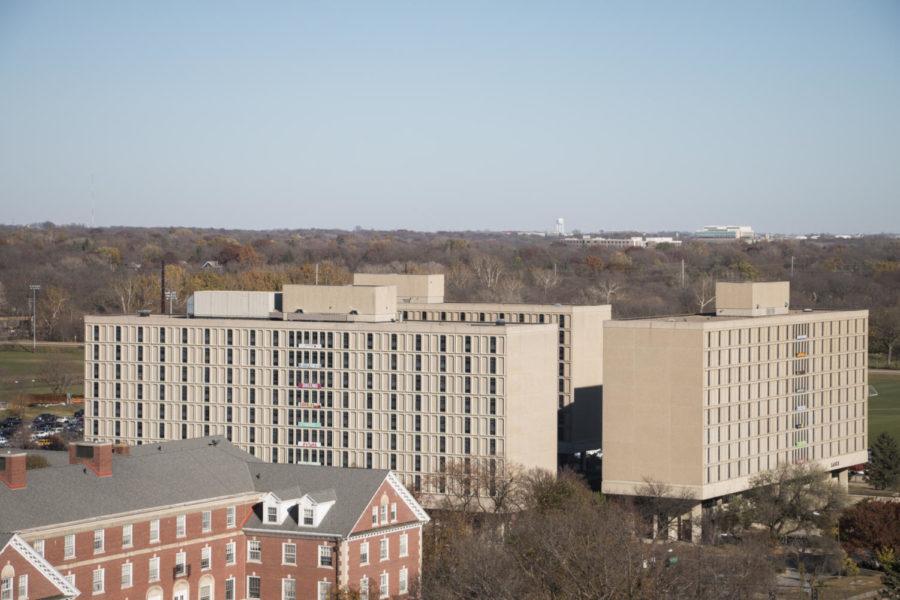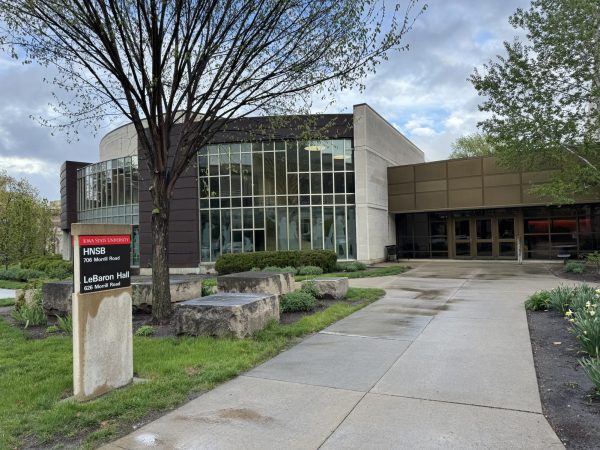PrISUm prepares for summer’s race
October 12, 2000
An Odyssey is in the making on the ISU campus, as two years of work, a little determination and a lot of sun have powered the PrISUm solar car team in preparation for next summer’s race.
About 50 ISU students with varying levels of experience have teamed up to take on the two-year process of designing and building the PrISUm Odyssey, a car that runs on solar power.
The Odyssey will debut in July at the American Solar Challenge, which is modeled after the World Solar Challenge, said Nick Mohr, project director of PrISUm.
“[The race is] projected to last 10 to 11 days,” said Mohr, senior in mechanical engineering. “We won’t know for sure what the route will be until just before the race. The current projected route will run from Chicago to Los Angeles – about 2,300 miles.”
Last year, the solar team took fifth place overall and fourth in their class at a FormulaSun Sunrayce, which was run as a stock-class race, Mohr said. In this year’s American Solar Challenge race, the teams have the option of running as stock or as open competitor, which takes away the limitations on the solar car specifications.
“Previous races were run in a staged format, which is where everyone started and ended at the same point, and there were restrictions on car size, battery type, solar-cell type and entry,” said James Hill, PrISUm adviser. “Before, the batteries had to be lead-acid or nickel metal hydride, the solar cells had to be terrestrial grade and limited to $10 per watt and the teams had to be from North American colleges.”
The ISU team has decided to take on the challenge of the open race.
“We’re going in unlimited because we believe that it allows for more innovation,” Mohr said.
Faster speeds are anticipated for the next race, which prompted race directors to increase safety standards, said Dwight Brown, systems integration director for PrISUm.
“This year [the drivers] have to wear motorcycle helmets,” said Brown, junior in mechanical engineering. “In the past, it was bicycle helmets. This is mainly due to the fact that we’re going to be driving faster.”
He said the speeds are expected to reach 65 mph this summer, as opposed to a 55 mph limit at the Sunrayce.
The solar car first started in 1989 as a Tau Beta Pi Engineering Honors Students project, but the project soon was opened to students of all majors, said Hill, university professor of chemical engineering.
“The team is made up of people from all seven undergraduate colleges varying from a few days to a few years experience,” Mohr said. “They have the option to follow different paths for working and are encouraged to branch out into other areas. The only requirements are that a person is an ISU student and has a willingness to learn.
“The first year is devoted to designing,” Mohr said. “The second to putting it together and testing. Then the car participates in the Sunrayce and is retired from active life. It is then used in our outreach programs to teach others about solar energy.”
Hill said about $40,000 for the solar car is allocated from student fees through the Government of the Student Body. The rest of the project is funded through gifts and fund raising, he said. Although Hill said the car is expensive to build and maintain, the money and hours of work are well worth it in the end.
“The cost of the car is high,” he said, “but the value of experience is higher.”
















